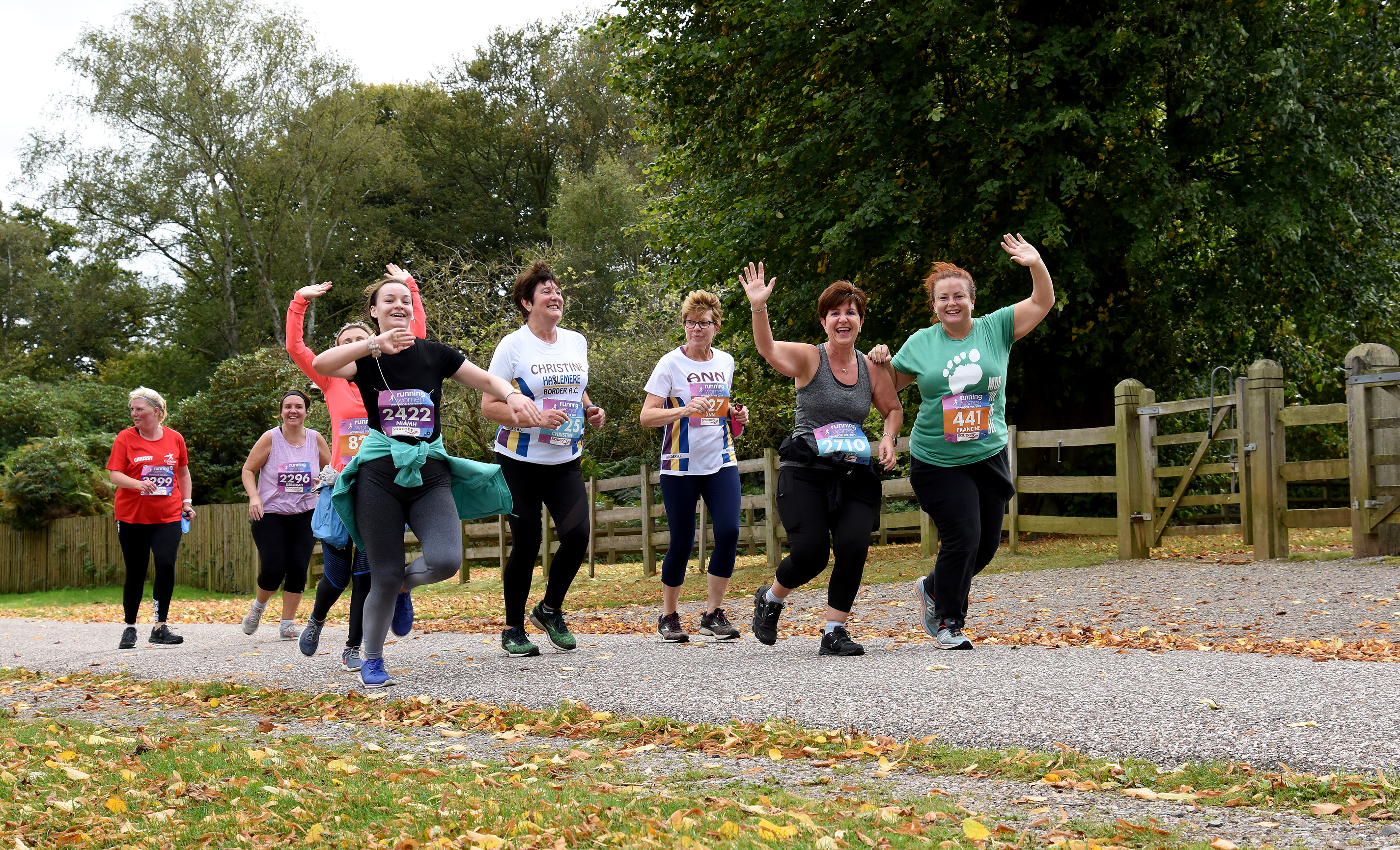Using Energy Gels For Long Runs

If you’ve ever trained for a half or full marathon, chances are you’ve considered using energy gels. Are they the best choice for female runners?
Running energy gels. Those sachets of carbohydrate rich gloop guzzled by marathoners and half-marathoners keen to find the energy they need to keep going. But what exactly is in the sticky liquid, and is it the best choice of energy source for female runners?
What’s In Your Energy Gel?
Every brand of energy gel will be slightly different, but most of them contain carbohydrates and electrolytes, along with amino acids and protein, and some vitamins and minerals. Some will also contain caffeine, and the amount can be significant. Caffeine is a useful ingredient to take on board during long training runs and races – it boosts energy and can offset perceived fatigue – but do be careful if you’re sensitive. Even if you tolerate caffeine well, pay attention to how many gels you eat (and if your energy drink also contains caffeine). It could all add up to a caffeine overload!
Bear in mind, too, that caffeine content could be masquerading under other names: green tea extract, guarana, or kola nut are all caffeinated.
The carbohydrate component is key, supplying you with the energy you’ll get from the energy gel which will fuel the next section of your run. Take a look at exactly what form of carbohydrate the gel uses: it could be maltodextrin, glucose, fructose, sucrose, brown rice syrup, fruit juice or puree or honey. Be sure your digestive system can tolerate the carbohydrate, because you’ll be ingesting it whilst your system is under a lot of strain, with your body’s blood flow unable to lend much of a helping hand.
Amino acids and protein are unlikely to cause you any problems, and are a useful extra in an energy gel. Your muscles need protein (amino acids are the building blocks of proteins) when you’re hammering them hard during a race or training run. Protein in your gel will help you recover more quickly.
Your gel is also likely to contain flavouring, so be sure that you’re happy with whatever is used (it could be natural, or chemical).
A few energy gels contains herbal extracts, so take a quick look at the label to be sure you are happy with such ingredients (likely culprits are ginger and ginseng extracts).
It won’t surprise you to hear that a few gels contain thickeners to achieve a certain viscosity. Typical ingredients are pectin and glycerin. And most energy gels for runners contain preservatives, but all meet food industry standards so they are unlikely to be something you don’t already eat on a pretty regular basis.
Is There Any Reason For Women Not To Use Energy Gels?
The main concern women should have about taking energy gels whilst running is the issue of energy gels during pregnancy. If you’re a pregnant runner, take your Doctor’s advice about caffeine consumption, and be sure to calculate any caffeine in your energy gels within your total daily intake. A few energy gels list shellfish products as an ingredient, believe it or not, and this may be something you choose to avoid during pregnancy. The safety of taking herbal extracts when pregnant remains a hazy area, and you may wish to avoid any gel with herbal ingredients such as ginseng or kola nut extract.
Similar Posts:
- Using Energy Gels For Long Runs
- Do You Need Sports Nutrition?
- How Much Protein Do Female Runners Really Need?
- Do Female Runners “Need” Protein Supplements?
- Primal Evolution
- The Best Foods To Eat To Fuel Your Run




Add Comment